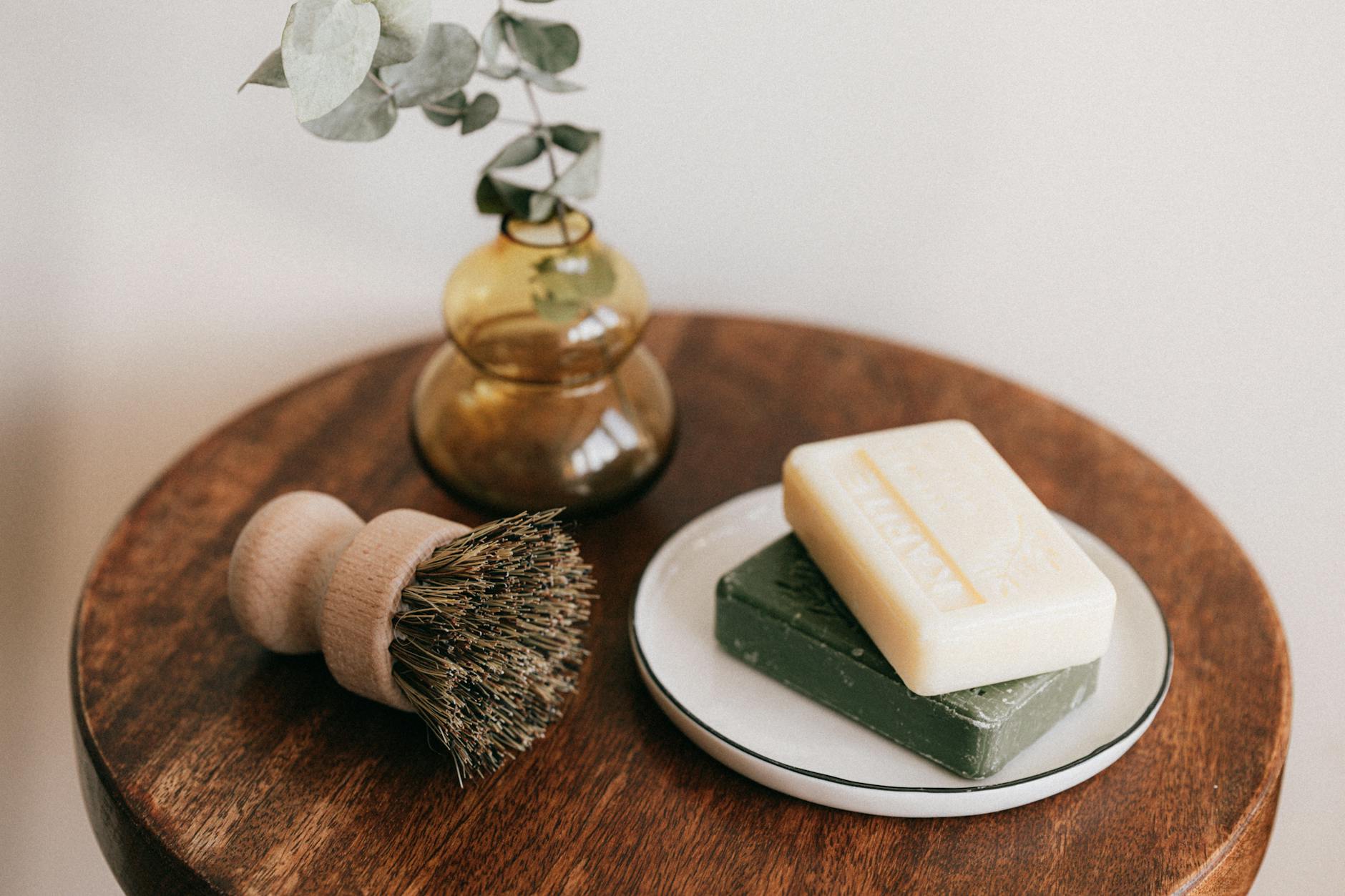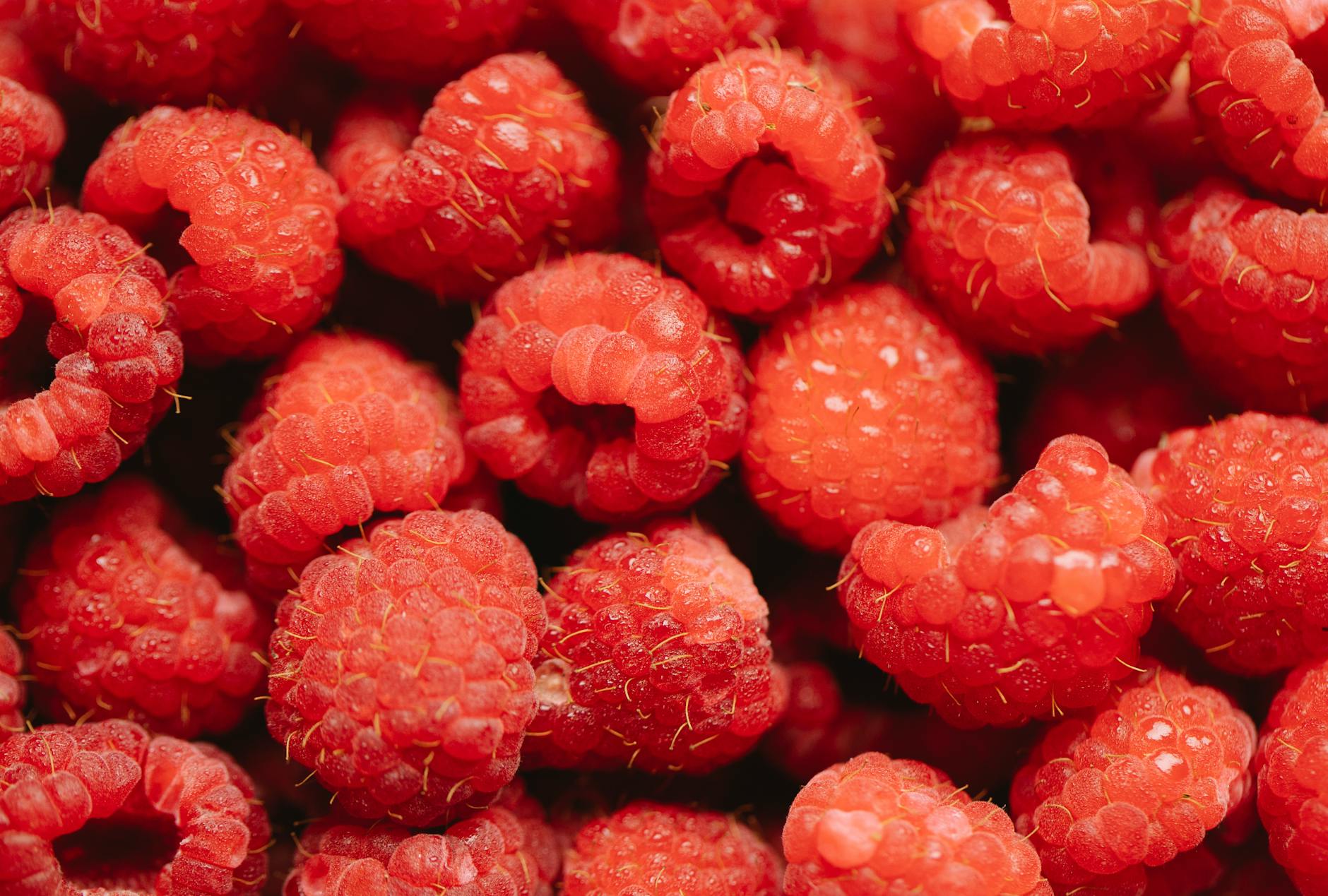Is Your Child’s Skin Safe in the Australian Sun? Key Things to Know

Understanding UV Radiation
Let's talk about something truly crucial for those of us living under the striking Australian sun: understanding UV radiation and its impact on our skin. As a parent constantly concerned about the health of my children's skin, I find it important to educate myself on the varied types of ultraviolet (UV) rays. These rays include UVA, UVB, and UVC, with the first two being significantly concerning as they penetrate the Earth's surface and can cause skin damage. UVA rays tend to penetrate deeply, leading to premature aging, while UVB rays are chiefly responsible for sunburn. On a practical note, it's vital to know that these rays are most intense between 10 a.m. and 4 p.m.
To protect tender young skin, we need to rely on more than just baby sunscreen. Though effective, especially formulations enriched with zinc, sunscreen alone isn't sufficient. I recommend scheduling outdoor activities in the early morning or late afternoon when UV exposure is lower.
For those in Sydney, the Royal Botanic Garden offers incredible educational events that delve into the specifics of sun exposure, which are quite enlightening for any parent looking to arm themselves with knowledge. Understanding and strategically managing sun exposure can prevent a host of skin-related issues, making it an essential part of our sun care routine.
Effective Sun Protection
Choosing the Right Sunscreen
As a committed skincare specialist, I know just how critical it is to highlight effective sun protection measures, especially for children. Selecting the right sunscreen is a significant step in this process. A zinc sunscreen is often recommended due to its effectiveness in creating a physical barrier against harmful UVA and UVB rays. This is particularly important when frequenting local spots like the children's health clinics in Darlinghurst.
Protective Clothing and Accessories
Earlier today, I spoke with a group of parents at Bondi Beach about the importance of protective clothing as a sun protection measure. Lightweight, long-sleeved clothing and wide-brimmed hats can substantially decrease a child’s UV exposure. Don’t forget sunglasses with UVA and UVB protection, ensuring delicate eyes are sheltered from harsh rays.
Reapplying Sunscreen in Outdoors
An essential habit to instill in children is the consistent reapplication of sunscreen. Apply every two hours, or immediately after swimming or sweating, to maintain effectiveness. Educators at community outreach programmes in Sydney often emphasize this point, integrating it into lessons on sun safety as it becomes habitual practice. Consistent reminders and education can help form lifelong protective behaviors.
Ensuring your children have sufficient sun protection involves a combination of choosing effective products, dressing appropriately, and maintaining regular application habits. Make these a part of your family's daily routine and protect them from harmful UV rays.
Natural and Safe Ingredients
Benefits of Zinc-Based Sunscreens
As a certified skincare specialist from Sydney, it's essential to dispel common myths surrounding the sun protection products we choose for our kids. Zinc is a powerhouse ingredient known for its effectiveness in blocking the full spectrum of UVA and UVB rays. This natural mineral acts as a physical barrier, sitting on the skin’s surface to reflect the sun's rays rather than absorbing them. Parents often question if such ingredients are harsh on sensitive skin, but I can assure you that zinc-based formulations are gentle enough for even the most delicate skin, such as that of babies and toddlers.
Eco-Friendly Ingredients
Incorporating eco-friendly ingredients in sunscreens is pivotal not just for our children's skin health but also for safeguarding our marine environments. As someone who frequently engages with community outreach at Bondi Beach, I've seen firsthand the importance of choosing sunscreens that lack oxybenzone and octinoxate; compounds known to harm coral reefs. Instead, look for biodegradable options rich in natural ingredients like green tea extract or shea butter, combined with zinc, to stay eco-conscious while ensuring maximum protection.
Avoiding Harmful Chemicals
Selecting a kids sunscreen carefully involves educating ourselves about the chemicals that may pose threats to health and the environment. Chemical filters like avobenzone and octisalate have been subjects of concern due to their potential hormone-disrupting effects. Opt for formulations ranked safe by dermatologists, ensuring your sunscreen is free from parabens, phthalates, and other synthetic preservatives. It's not just about protection today but ensuring a healthier, sustainable future for our children.
Enhancing Sun Protection Knowledge
Dispelling Myths
It’s essential to debunk prevalent myths surrounding sun protection to ensure our children’s safety. One common misconception is that sunscreen isn't necessary on cloudy days. In reality, up to 80% of UV rays can penetrate through clouds, making zinc oxide sunscreen essential even on overcast days. Parents concerned about chemicals might shy away from using sunscreen altogether. However, selecting mineral sunscreens, which primarily use zinc and are available widely at children's health clinics in Darlinghurst, can provide a safer alternative to chemical-based products. Seeking advice from knowledgeable professionals in these clinics can further enlighten parents about sunscreen efficacy.
Boosting Outdoor Engagement
Encouraging outdoor play can sometimes seem daunting, especially with concerns about sun exposure. Amidst the allure of electronic devices, it’s still possible to inspire outdoor enthusiasm. Consider educational events at places like the Royal Botanic Garden Sydney, where children can engage in nature-based learning in a sun-safe environment. Make it a habit to apply broad-spectrum sunscreens before heading out for the day, despite the reluctance some children may show. Always keep applications fun by involving kids in the process—turn it into a game or challenge.
Tracking Sun Exposure
Monitoring sun exposure is pivotal in protecting our children’s skin health. Start by keeping track of your outdoor schedules and monitoring peak sun hours. Using sun-safe apps or setting reminders can help manage reapplication times effectively. When spending a day out at Bondi Beach, ensure you pack sun-protective clothing and regularly reapply sunscreen to keep that tender skin safeguarded. Staying vigilant about sun exposure fosters responsible habits that children can carry into adulthood with ease.


